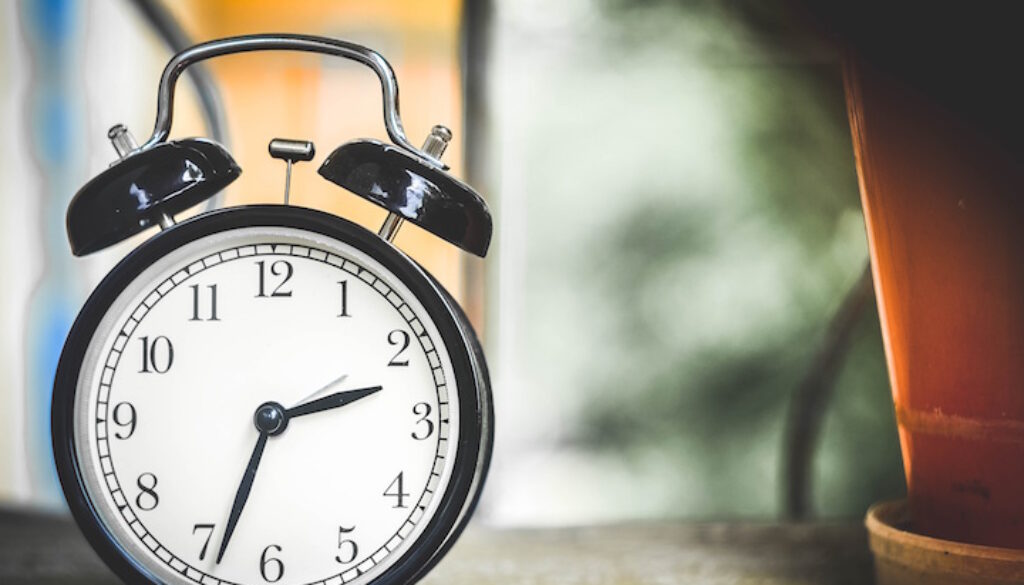Infographic: A Look at the Self-Employed Workday: Has the New Economy Killed the 9–5?
[ad_1]
Infographic: A Look at the Self-Employed Workday: Has the New Economy Killed the 9–5?Say hello to the new economy: A place where mobility and flexibility are openly embraced at work. It’s during this time that we see self-employment on the rise and the consequent changes reflected in work habits and style.
In the US, more than a fourth of people identify as part of the gig economy, powered by the freedom and flexibility to work for themselves and break free from the traditional structure of the 9–5. So, gone are the days of 6 a.m. wake-up calls, 9 a.m. start times and 5 p.m. goodbyes. Or, are they?
Related: Solopreneurs, Add this to Your Business Card: “New Economy Pioneer”
At FreshBooks, we set out to learn the workday habits of our self-employed customers. Are they responsible for the death of the 9–5? Or do workday norms still have a place in today’s economy?
Get to Know FreshBooks Self-Employed Professionals in the New Economy: What Industries Do They Cover?
FreshBooks customers have a diverse range of talent and expertise. We zero-in on these service-based industries:
- Creative / Marketing
- Legal
- Management Consulting
- IT / Support
- Accounting / Finance
- Construction / Trades
When Do They Work?
Given the freedom to set your own hours as a self-employed professional, it wouldn’t be wrong to assume that FreshBooks customers color outside the lines of the 9–5. However, interestingly enough, over 50% of our customers work between 9 a.m. and 3 p.m.—representing a significant bulk of time spent logging hours within the traditional 9–5.
[WooZoneProducts asin=”B00BUV7C9A”][/WooZoneProducts]
On the other hand, they do use flexibility to their advantage—especially during the evening hours. Between 5 p.m. and 10 p.m., 50% of FreshBooks customers log at least one billable hour of work. The mornings, however, are a little more quiet, with only 21% of FreshBooks self-employed customers logging at least one hour of work between 5 a.m. and 9 a.m.
By Industry, What Does a Workday Look Like?
It’s interesting to look at workday structure for FreshBooks self-employed customers as a whole, but we thought it would be insightful to dive deeper and explore their workday by industry.
The Early Risers
Comparing all 6 industries, construction and tradespeople make the most of their mornings with 55% of them working by 9 a.m.. By 11 a.m., almost 80% are hard at work—the highest concentration compared to all other industries.
The Lunch Breakers
Our data shows that FreshBooks self-employed professionals choose not to break for lunch. But out of all industries, legal professionals are the most likely to take a break, with a slight dip in hours logged between noon and 2 p.m..
[WooZoneProducts asin=”B01GQU71SQ”][/WooZoneProducts]
The Night Owls
Creative and finance professionals, however, prefer to log time in the evening and represent the highest working percentage after 8 p.m.. In fact, 20% of FreshBooks customers in accounting and finance log time at 10 p.m.
How Does the FreshBooks Self-Employed Workday Fare with the US Workforce at Large?
Now that we’ve looked at the scope of our FreshBooks customers’ workdays and compared them by industry, we wanted to see how they fared with the US workforce at large. Here, it’s important to note that the US workforce doesn’t only represent salaried workers, but also self-employed professionals (including our US-based FreshBooks customers.)
From our data, we found that the workday structures of our self-employed customers and the US workforce at large aren’t so different after all. In fact, we see the the highest working percentage between 10 a.m. and 3 p.m.—still within the traditional structure of the 9–5.
[WooZoneProducts asin=”B01BSVGBKM”][/WooZoneProducts]
How they differ, however, is evident during the lunch hour. While the percentage of working FreshBooks customers dips by only 1% between 11 a.m. and noon, there’s a 12% drop for the US workforce at large.
The 9–5 Workday Still Exists in the New Economy
When all is said and done, we’re much more connected than we think. While self-employment gives you the freedom and flexibility to work from anywhere and anytime, it doesn’t mean you need to work around the clock.
Looking back at our data, it’s important to note that as a self-employed professional, you’re not actually working alone. In fact, when you work for yourself, you work for other people… your clients. So, in order to serve them and be successful, you need to work on their time too—which means aligning your schedule with the standard 9–5.

[ad_2]

You must be logged in to post a comment.